What is Mortar?
Important Point
The term mortar is used to indicate that a paste prepared by adding the required quantity of water into a mixture of binding material (cement or lime) and fine aggregate (sand).
The above two elements of mortar, namely, the binding material and fine aggregate, are sometimes referred into as the matrix and adulterant, respectively.
The matrix binds this particle of the adulterant. The durability, quality, and strength of mortar will mainly depend on the quantity and quality of the matrix.
The combined effect of the two components of mortar is that the mass can binds the bricks or stones firmly.
Also, read: Trapezoidal Footing Formula with Calculation
Classification/ Type of Mortar
The classification of mortars may be done in many ways, i.e., based on the binding agent, possessions of binding agent and aggregate, etc.
In general, Mortar are classified as follows:
- Cement Mortar
- Lime Mortar
- Lime-Cement Mortar
- Special Mortar
Cement Mortar
Cement mortar consists of cement as binding material, sand into different proportions, and water.
It’s the strongest type of mortar and is therefore preferred to be used in the construction of structures subjected to heavy loading.
Lime Mortar
Lime mortar can be lime and sand mortar, lime, and surkhi mortar, sand, lime, and surkhi mortar or lime and cinder mortar (also known as black mortar).
Lime used for mortar can be fat lime (quick or hydrated lime) or hydraulic lime.
Fat lime has a high calcium oxide content.
It’s hardening solely depends on the loss of water and absorption of carbon dioxide from this atmosphere and possible recrystallization in due course.
Hydrated lime is a dry powder obtained by treating quick lime with water enough to satisfy its chemical affinity for water under the conditions of its hydration.
Hydraulic lime contains small quantities of alumina and silica and/or iron oxide, which can be in chemical combination with a few of calcium oxide contents, giving a putty or mortar that has the property of setting and hardening underwater.
Slaked fat lime is used to prepare mortar for plastering, whereas hydraulic lime is used in preparing mortar for masonry construction.
Also, rad: Trapezoidal Footing Formula with Calculation
Lime-Cement Mortar
It’s also called composite mortar or gauged mortar. When lime mortar made from fat lime is desired to be improved with regard to its hydraulic properties, initial setting time and strength, cement is added into it.
Cement should be added only to that much quantity of lime mortar, which can be used within an hour after the addition of cement.
Special Mortar
Following are the few special Kinds of mortars based on the binding material or certain specific characteristics:
- Mud mortar,
- Cement-clay mortar,
- Light and heavy mortars,
- Decorative mortars,
- Air-entrained (plasticized) mortar,
Also, read: What Is Lintel | Type of Lintel
Test for Mortars
To test the quality of mortars, these can be subjected to several tests:
Adhesiveness
Cohesiveness or Tensile Strength
Test for Setting
What is Grout?
Grout is used to filling pints between tiles and is selected with a compatible mortar.
Grout is either a portland cement-based mixture or a mixture of other compounds to enhance its performance or ease its installation.
The type and size of tile, service level, climatic conditions, tile spacing, and individual manufacturer’s recommendations are factors that should be considered when selecting grout.
Portland cement-based grout is a mixture of portland cement and sand (for floors) or lime (for walls) and is used for thickset installations.
Portland cement-based grouts include commercial portland cement grout, sand portland cement grout, dry set grout, and latex portland cement grout.
Grouts based on mixtures of other compounds include solid epoxy, furan, silicone, and mastic grouts. Mastic grout eliminates the need for mixing on-site.
- Epoxy grout is a two- or three-part mixture (epoxy resin hardener with silica sand filler) that is highly resistant to chemicals and has great bond strength. This grout and furan grout are made for different chemical and solvent resistance
- Furan resin grout is a two-part furan mixture (similar to loran mortar) that resists high temperatures and solvents
- Silicone rubber grout is an elastomeric mixture of silicone rubber. It has high bond strength, is resistant to water and staining, and remains flexible under freezing conditions.
Silicon, urethane, and modified polyvinyl chloride are used in pre-grouted ceramic tile sheets.
Silicone grout should not be used on kitchen countertops or other food preparation surfaces unless it meets the requirements of FDA Regulation No. 21, CFE 177.2600. Joint widths are only guidelines.
Individual grout manufacturer’s products may vary. Consult the manufacturer’s instructions.
Joint width is only guidelines. Individual grout manufacturer’s products may vary. Consult the manufacturer’s instructions.
Some types of glazed ceramic tiles, polished marble, marble agglomerates, and granite can be permanently scratched or dam-aged when grouted with sanded grout formulas.
Do not use sanded grout or add sand to grout when grouting polished marble, marbled agglomerates, and ceramic wall tiles with soft glazes.
Check the tile or marble manufacturer’s literature and test grout on a separate sample area prior to grouting.
Some types of ceramic tiles and dimension stones may be permanently stained when grouted with pigmented grout of a contrasting color.
White grout is best suited for grouting white or light-colored marble or granite. Colored cementitious grouts may darken when wet.
Also, read: What Is Honeycomb In Concrete | Cause | Cure | Type of Grouting
Type of Grout
To test the quality of mortars, these can be subjected to several tests:
- Dry-Set Grout
- Latex Grout
- Silicone Rubber Grout
- Epoxy Grout
- Furan Resin Grout
Dry-Set Grout
Dry-Set Grout is a prepared mixture of portland cement and sand, with additives to improve water retentivity.
Dry-set grout has the same properties as dry-set mortar and is suitable for grouting walls subject to ordinary use.
It eliminates soaking of tile, although dampening sometimes is desirable under very dry conditions.
Also, read: Difference Between Flexible Pavement and Rigid Pavement | What is Pavement | Type of Pavement
Latex Grout
Latex grout is a mixture of one of the three preceding products, consisting mainly of portland cement with a latex additive to increase stain resistance and resilience of the joints.
Latex grout is suitable for installations subject to ordinary use.
It is less rigid and less water-permeable than sand-portland cement grout, allowing for more movement and greater exposure to moisture.
This grout, therefore, is particularly suitable for tub and shower areas.
Silicone Rubber Grout
Silicone rubber grout is an engineered elastomeric grout system for interior use employing a single-component nonslumping silicone rubber, which, upon curing, is resistant to staining, moisture, mildew, cracking, crazing, and shrinking.
It adheres tenaciously to ceramic tile, cures rapidly, and withstands exposure to moisture as well as subfreezing temperatures and hot, humid conditions.
Also, read: What Is Cement | Type of Cement
Epoxy Grout
Epoxy grout is a two-part system consisting of an epoxy resin and a hardener.
It is made in several formulations, each intended for a specific ceramic tile.
It is highly stain-resistant and impervious and is used with epoxy mortar or epoxy adhesive.
Its use requires special skills and is usually expensive.
Epoxy grout is formulated without coarse fillers that might scratch glazed wall tile or mosaic tile.
It may be used on floors, walls, and counters subject to food staining.
It is also formulated with a coarse silica filler for use with quarry tile and pavers.
It is formulated for industrial and commercial installations where chemical resistance is of paramount importance.
It has excellent bonding characteristics.
Furan Resin Grout
Furan resin grout is a two-part grout consisting of furan resin and a hardener.
It is intended for use with quarry tile and quarry tile and pavers, mainly in industrial areas requiring a maximum of chemical resistance.
It is generally used in conjunction with furan mortar.
Also, read: What Is Workability of Concrete | Factors Affecting Workability | Test |Errors
Difference Between Mortar and Grout ( Mortar Vs Grout )
| Sr.No. | Mortar | Grout |
|---|---|---|
| 1 | Mortar paste use in Cement, sand, lime and water | Grout use in this material Cement, water and sand, epoxy, acrylic and polymer |
| 2 | Water-Cement Ratio less | Water-Cement Ratio more |
| 3 | The cement mortar is to act as a binder in brick or stone masonry | The grout is to act as a filler material in tilling work and cracks. |
| 4 | Viscosity is low | Viscosity is highly viscous |
| 5 | In this mortar mix color of cement | In this grouting in material colors as per the requirement |
| 6 | Type of Material. Cement Mortar Lime Mortar Lime-Cement Mortar Mud mortar, Cement-clay mortar, Light and heavy mortars, Decorative mortars, Air-entrained (plasticized) mortar, |
Type of Material. Dry-Set Grout Latex Grout Silicone Rubber Grout Epoxy Grout Furan Resin Grout |
| 7 | This mortar requires curing for the hardening process | This grouting does not extra water |
| 8 | Setting time isn’t less than compared to grout | Setting time isn’t more than compared to mortar |
| 9 | The mortar used in brick, stone, concrete block joint, also used in plastering work | Grout as filler in cracks, Tiles grouting, strength of grout. |
| 10 | It is more stiffer | It is less stiffer |
Grout vs Mortar
The main difference between mortar and grout is the amount of water in the mix. Grout must be made with enough water to make it pourable or pumpable but not with so much water that the grout components segregate. Mortar often is too stiff to flow around steel into small cavities or cores without leaving voids.
Like this post? Share it with your friends!
Suggested Read –
- Concrete Mixing Formulas
- What is Plum Concrete | Application | Mix Design | Methodology
- What is BoQ | BoQ Meaning | Advantages of BoQ | What is BoM
- What Is Honeycomb In Concrete | Cause | Cure | Type of Grouting
- Difference Between One Way Slab and Two Way Slab | What is Slab
- What is Consistency of CementWhat Is Bulkage of Sand (Fine Aggregate )
- What Is Structural Settlement | Causes For Structural Settlement | What Is Soil Settlement & Foundation Structural Settlement
Originally posted 2021-05-31 02:43:17.
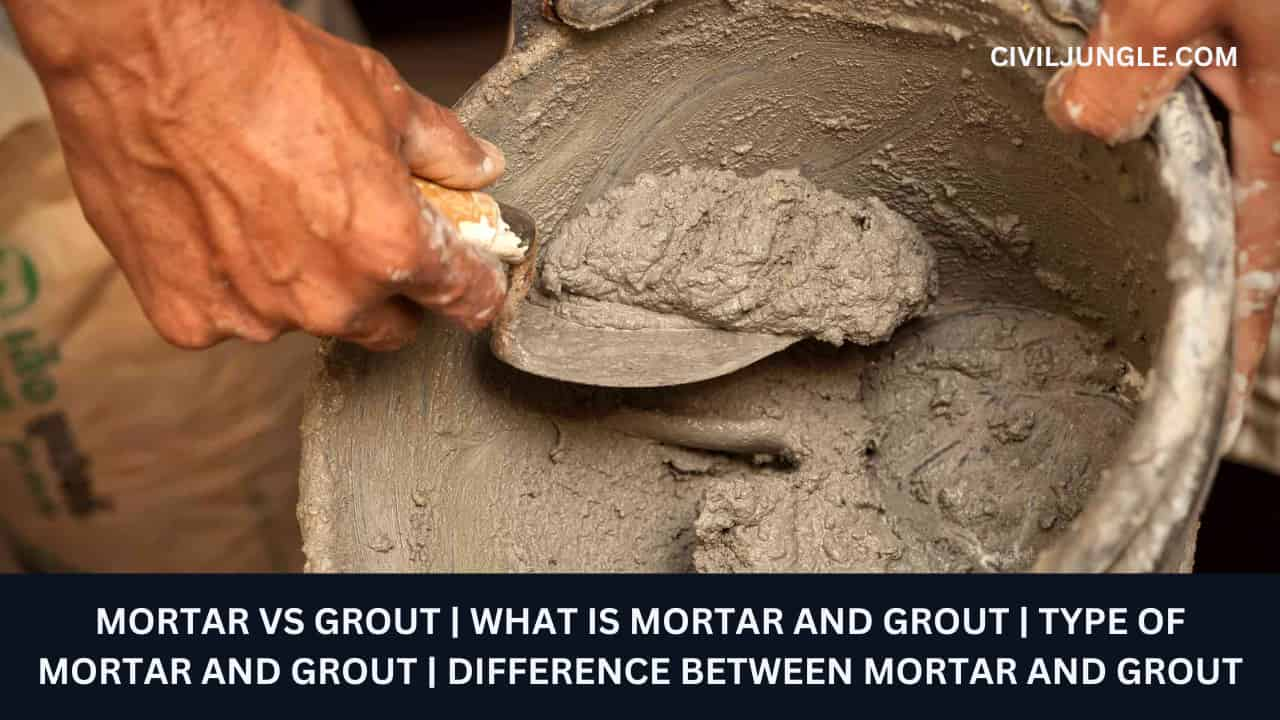
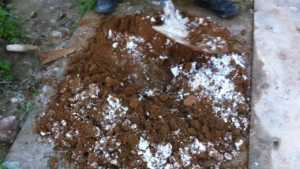
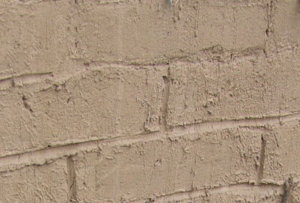
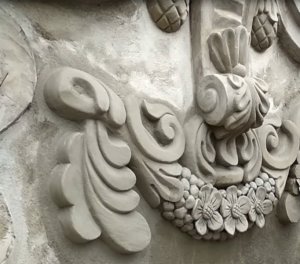



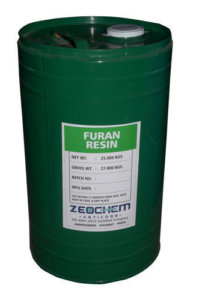

Can I simply say what a comfort to find someone that genuinely understands what they’re talking
about over the internet. You definitely know how to bring an issue to light and make it important.
A lot more people really need to read this and
understand this side of your story. I was surprised that you’re
not more popular given that you most certainly have the gift.
Hi, this weekend is fastidious designed for me, for the reason that this time
i am reading this fantastic educational article here at my home.